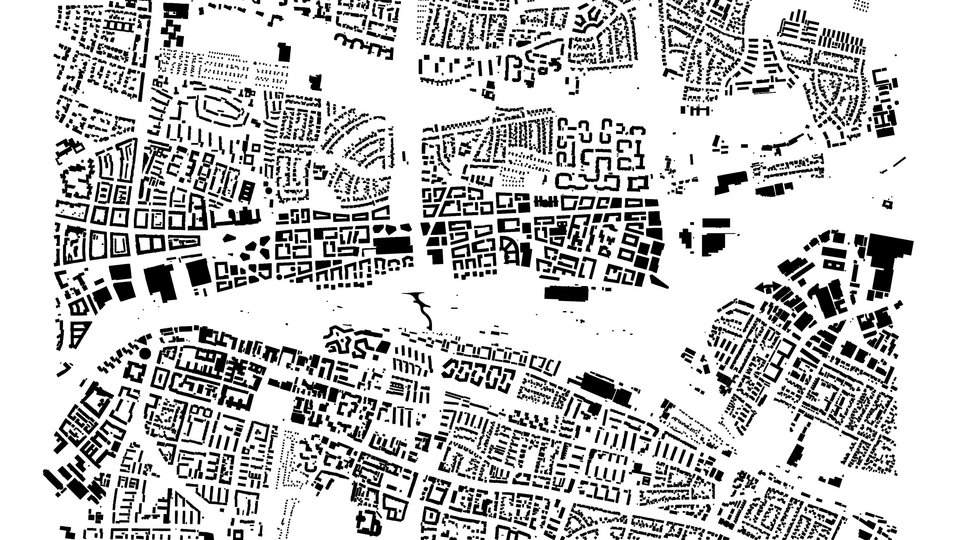![[Image: HFT Stuttgart] Lageplan eines Stadtquartiers](/fileadmin/Dateien/Architektur-Gestaltung/_processed_/f/1/csm_MA-SP-lageplan-hattler-krings-wochele_2c8a213c91.jpg)
ISP 2 Urban development "AUF DREI ACHSEN" Munich
Maxine Hattler
Tanya Krings
Silas Weekle
The "On THREE Axes" concept envisages that the A94 motorway will be Model of the Munich boulevards to be converted into a city street and thus overcome the current insularity of the area. The area is developed via several separate underground roads. New tram and suburban train stops along the area, make it easily accessible by public transport. In the south and north there are cycle paths all the way to downtown Munich. Spacious parking garages at the urban road also help to reduce car transit traffic from to keep the area out of the way. The city street finds its counterpart in the south of the planning area, where the existing sidings are converted into a large park will be. This will supplement the "Green Belt East" parking mile after the Munich open space concept and thus creates the transition towards Riem. In its centre, the district is crossed by a neighbourhood axis, with a sequence of squares and Pocket Parks, which offer a wide range of leisure offers. The course of this axis is determined by the Existing buildings are marked out.
Between the three area-defining axes there is mainly the type of the block development. Several blocks form a group, which have windmill sites in their centre for common use training. Except for the blocks by the park, which open to the south, these groups present themselves to the outside world in a largely closed manner. High point ensembles break out of the described block scheme at the east and west ends of the quarter. Other high points in the In the middle of the quarter, a high-rise axis completes the area from north to south. These three locations create a varied city silhouette. The high points also serve the quarter as central energy suppliers. They are connected to a decentralized supply network in the
residential quarters combined, whose account points are stored in the quarter memories represent. They function simultaneously as energy generators (BHKW and storage (electricity from photovoltaics), which use the energy on site, for example e.g. for electricity parking lots.
The project was supervised by Prof. Dr. Laux, Prof. Cornelia Bott, Paul Gauss and Olaf Hildebrandt

![[Image: HFT Stuttgart] Bewerbung der Best of 2025 Ausstellung](/fileadmin/Dateien/Architektur-Gestaltung/Architektur-Gestaltung/Inhalt-Basic-Page/BEST-OF-2025/architektur-news-bestof-2025-headerbild.jpg)